Exploring the Evolution of K-pop Idol Groups
K-pop (Korean pop) continues to attract fans around the world with its dynamic musical style and engaging performances, starting with H.O.T and Fin.K.L in the early 1990s, followed by TVXQ, Super Junior, and Girls’ Generation in the 2000s, which established its popularity in Asia, Korean boom was triggered. Then, in the 2010s, BTS, EXO, and BLACKPINK took advantage of social media and global fandom to evolve to new heights.
This article will explore the history of K-pop and how each generation brought innovation and influence to the music industry. It will also focus on the current fourth generation’s leading groups, ENHYPEN, Tomorrow X Together, Ateez, and NewJeans, and explore how they are building a new future for K-pop.
The First Generation (1990s-early 2000s)
The first generation of K-pop was the foundational period of the Korean music industry and was strongly influenced by hip-hop and R&B. During this period, H.O.T, Sechs Kies, and Fin.K.L emerged and gained enthusiastic fans in Korea. Their musical style, characterized by a fusion of dance and visuals, had a strong influence on the youth culture of the time. The first generation of idols played an important role in the subsequent growth of K-pop. Their success became an important epoch in the Korean music industry, establishing a new genre of music.
The Second Generation (mid-2000s to early 2010s)
From the mid-2000s to the early 2010s, K-pop rapidly gained international popularity. Representative groups from this period include TVXQ, Super Junior, and Girls’ Generation. They were part of the Korean boom (Hallyu) and expanded their fan base throughout Asia. In particular, their dance performances and catchy songs gained worldwide popularity, especially among young people. The second generation of K-pop idols played an important role in the international popularization of Korean culture and the mainstreaming of K-pop.
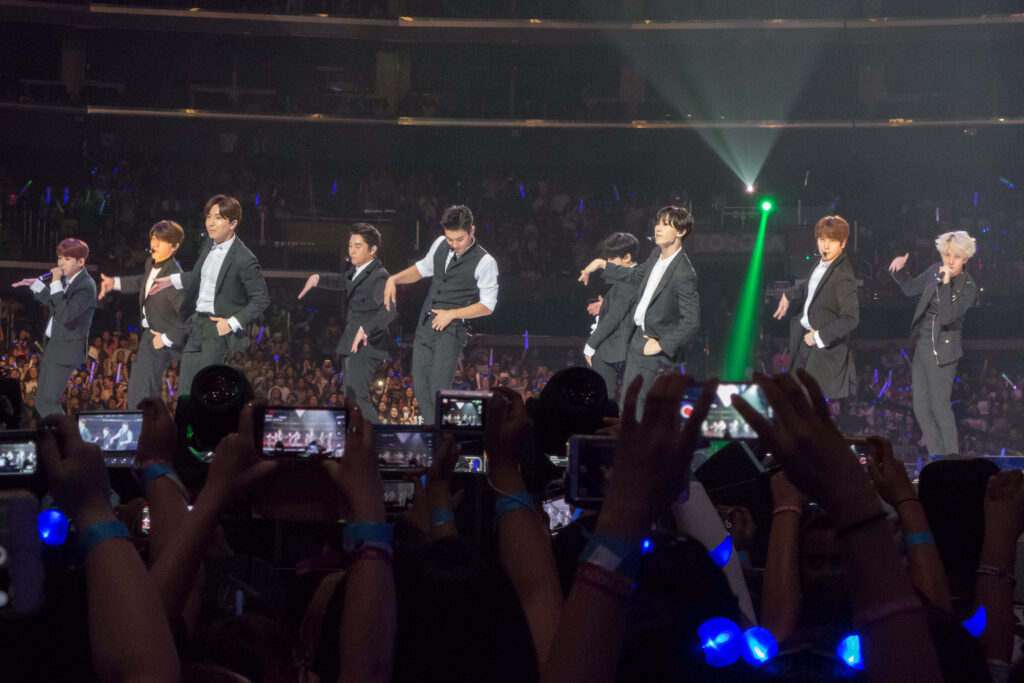
The Third Generation (mid-2010s to present)
Since the mid-2010s, K-pop has become even more globalized and has taken a new turn with the spread of social media platforms. Representative groups include BTS, EXO, and BLACKPINK. They have used social media to communicate directly with their fans and attracted fans around the world with their unique musical styles and visual concepts. In particular, BTS was nominated for a Grammy Award in 2019, set numerous YouTube play records, and saw a surge in social network followers. The third generation of K-pop idols led the formation of a global fandom and the evolution of the visual concept, further spreading the K-pop pop culture phenomenon.

- Search “BTS” items in Rakuma, Mercari
- Search “EXO” items in Rakuma, Mercari
- Search “BLACKPINK” items in Rakuma, Mercari
The Fourth Generation (Present – Prospects for the Future)
Today’s fourth generation of K-pop idols faces new challenges as competition in the global marketplace intensifies. Among the most notable groups of this generation are ENHYPEN, Tomorrow X Together (TXT), Ateez, and NewJeans. They have built a unique fan base through social networking sites and have garnered international attention for their musicality and performances: ENHYPEN has achieved global success in just a few years since their debut, while TXT’s unique concept and energetic performances have gained them a following, especially among young people. Ateez has gained an international fandom with its intense performances and creative music, and NewJeans is gaining attention for its new approach to music. The fourth generation of K-pop idols are paving the way for the future of K-pop, along with new ways of expression using digital technology.
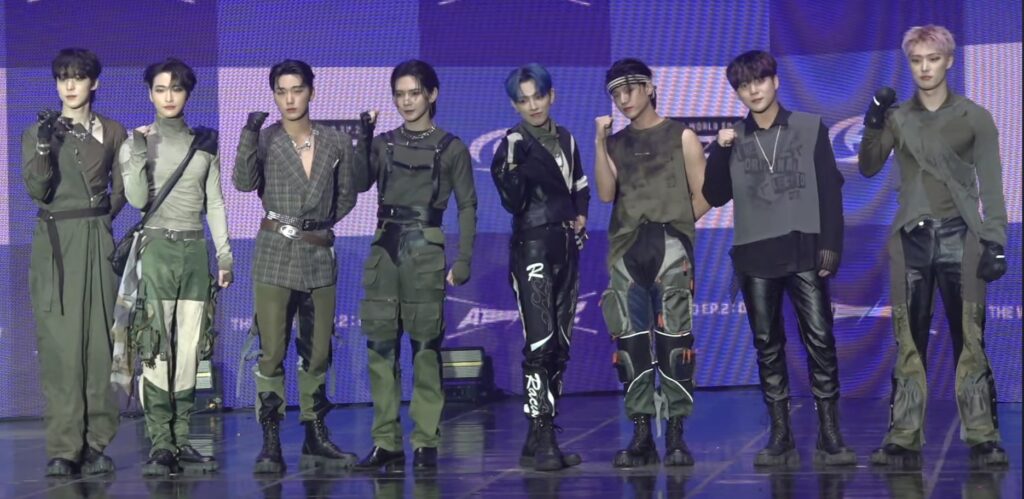

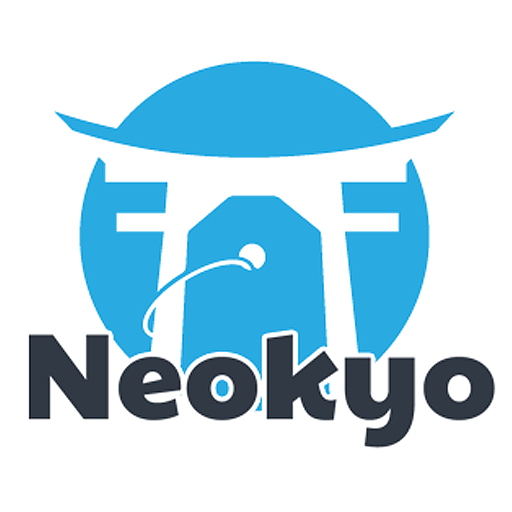

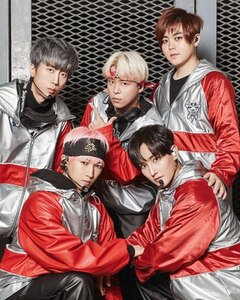
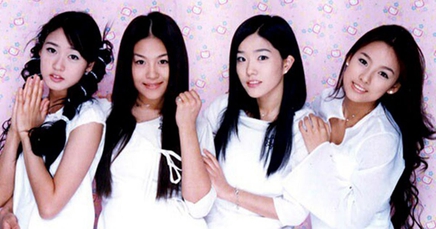
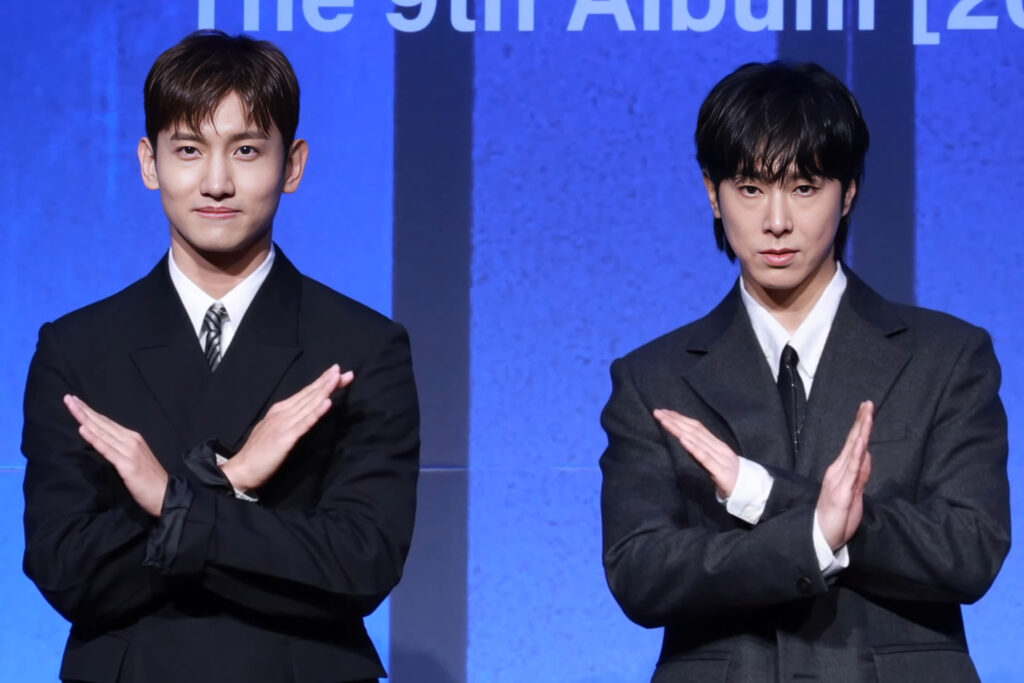
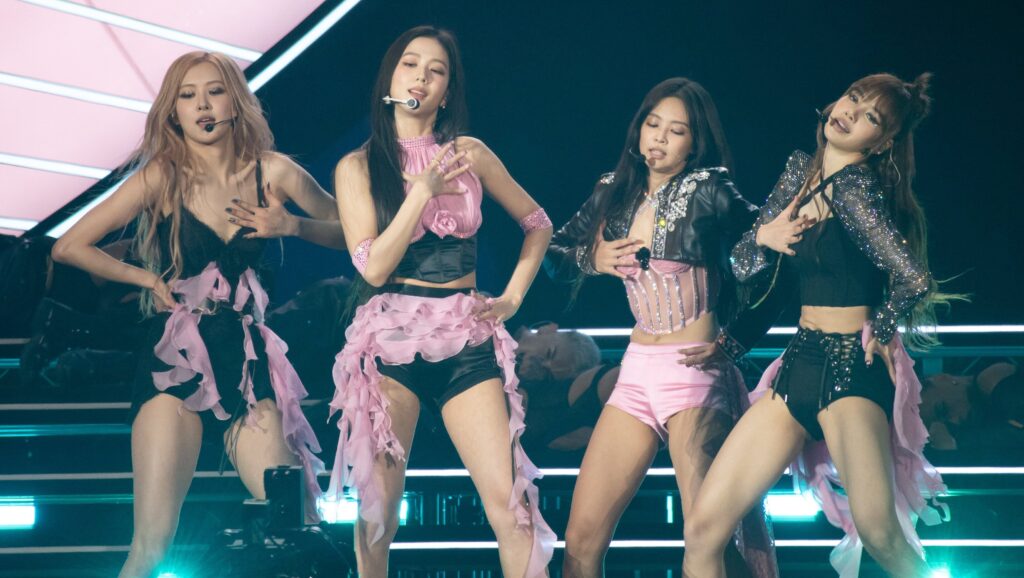
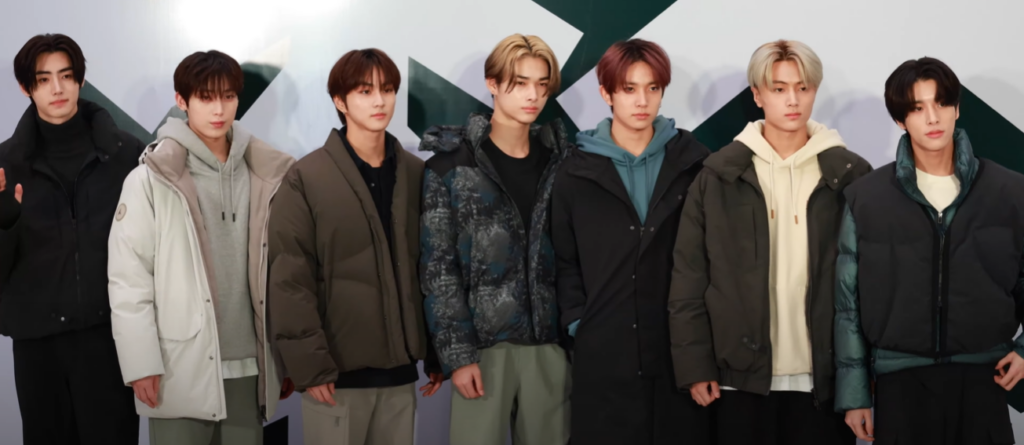
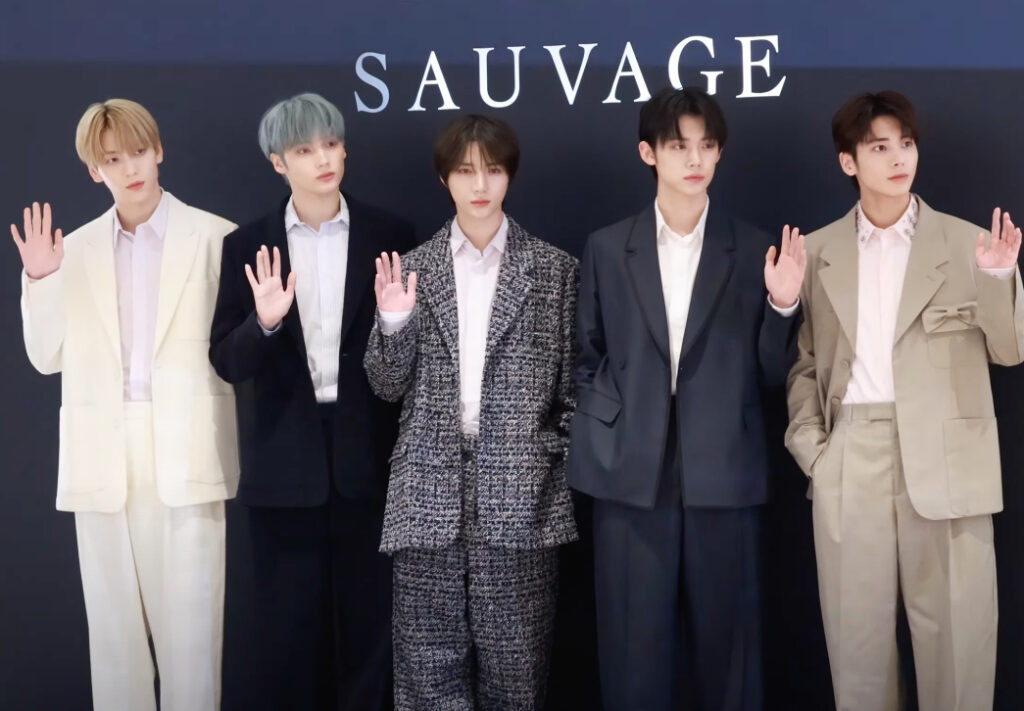

1 Response
[…] For more on the history of constantly evolving K-pop, see the previous post, “Exploring the Evolution of K-pop Idol Groups”. […]